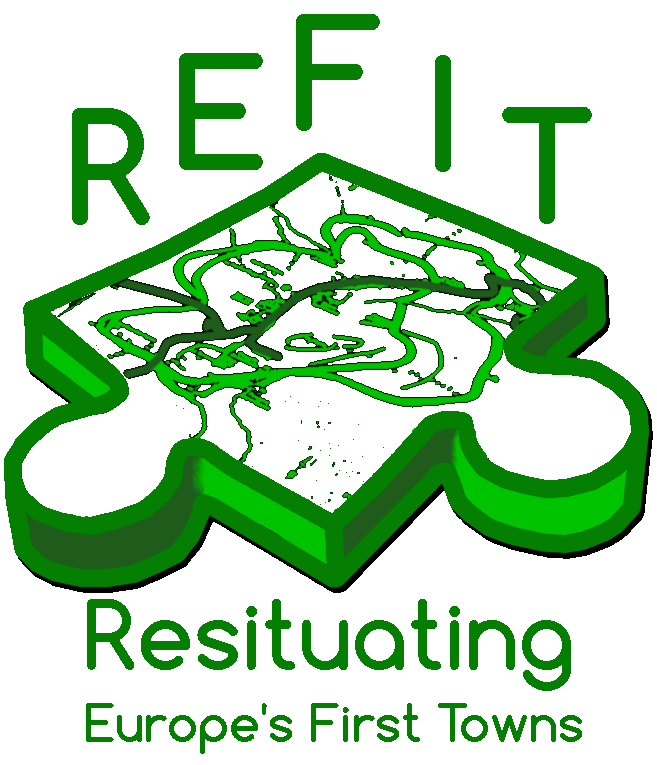

Bibracte is the name of the ancient capital of the Aedui, a powerful Gallic tribe that occupied a vast territory between the Allier and Saône rivers, in the heart of Burgundy, in the first century BC. Abandoned shortly after the Roman conquest, the site of the Gallic oppidum occupies one of the highest hills of the Morvan, Mont Beuvray, which is now almost completely covered by forest.
Bibracte was rediscovered and excavated extensively in the second half of the nineteenth century. It has become a key reference site for the archaeology of the European Iron Age. Bibracte is also an emblematic historic site, where several major episodes of the Gallic Wars took place: the first decisive battle of the war, in 58 BC; the proclamation of Vercingetorix as head of the allied army against Caesar in the summer of 52 BC; the place where Caesar wrote his account of the war, De Bello Gallico, during the autumn and winter of 52-51 BC.
Since 1985, Bibracte has been part of an ambitious international archaeological research program.
The site benefited from the interest of a great man of state, François Mitterrand, who recognised the importance of the stunning landscape which was also steeped in history. Today, Bibracte is a public institution that ensures the preservation of the heritage site which is a Grand Site de France. The institution manages a European archaeological centre where university students from a dozen countries are trained in archaeological fieldwork each year. Bibracte is also a popular tourist destination and receives about 80,000 visitors a year (including 40,000 to its museum).
Year after year, Bibracte continues to develop joint actions to consolidate its roles as a European centre of excellence in the field of archaeology and as an important cultural facility for the Burgundy region. As part of this process, the Bibracte team address the sustainable management of the archaeological site and its environment, which has been badly affected by the socio-economic changes that this region has experienced in the twentieth century.
Bibracte is supported financially by the French Government / Ministry of Culture and Communication, the Regional Council of Burgundy, the County Council of the Nièvre and the County Council of the Saône-et-Loire.
Click here for our walking guide
Click here for our interactive guide

Bibracte from the air
Further reading
Visit the Bibract website to find out more www.bibracte.fr
